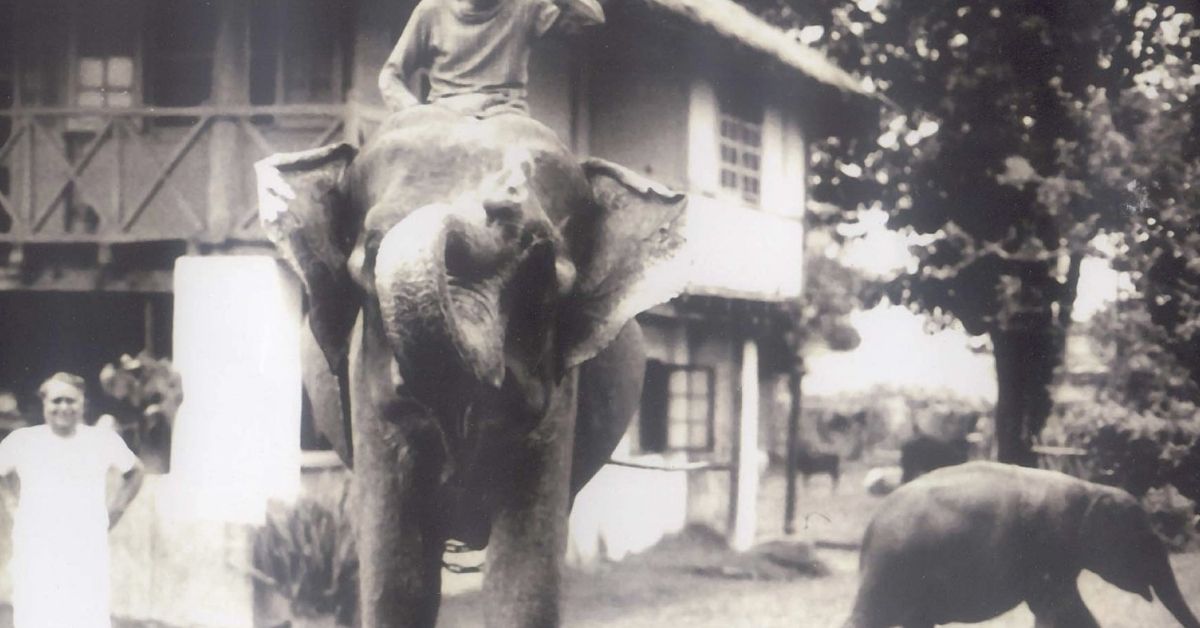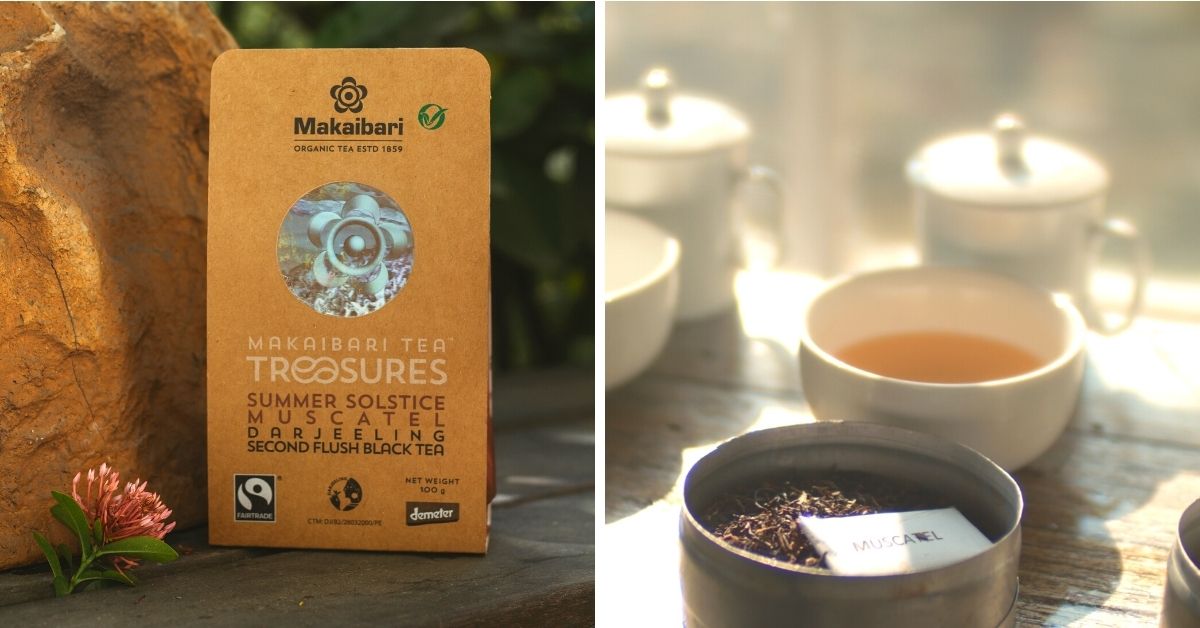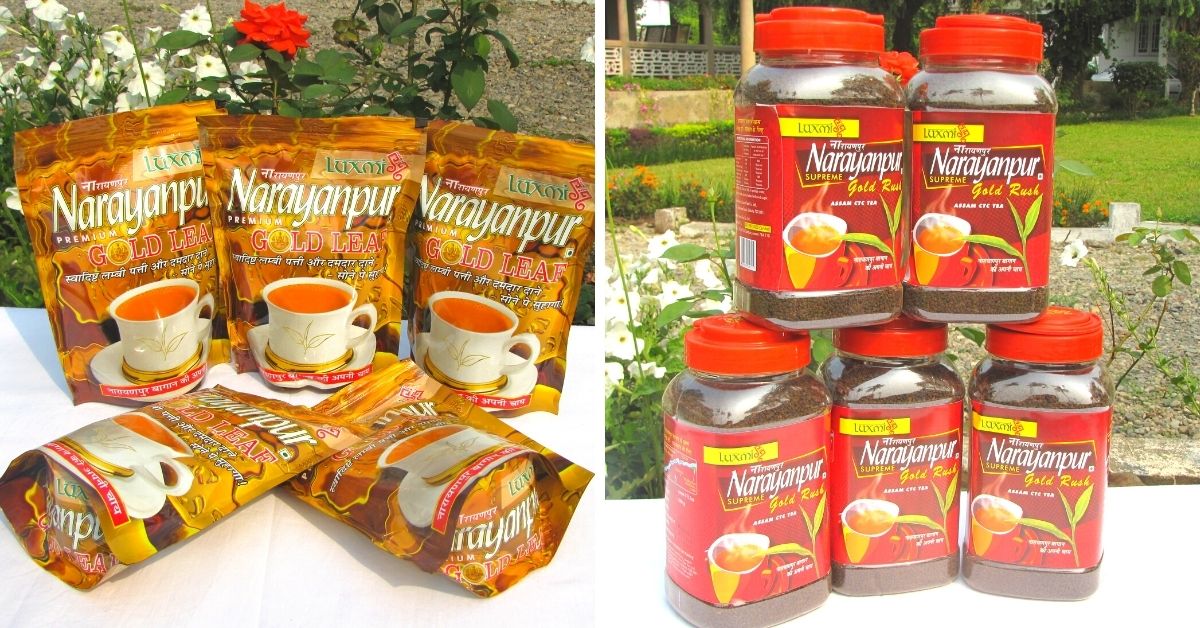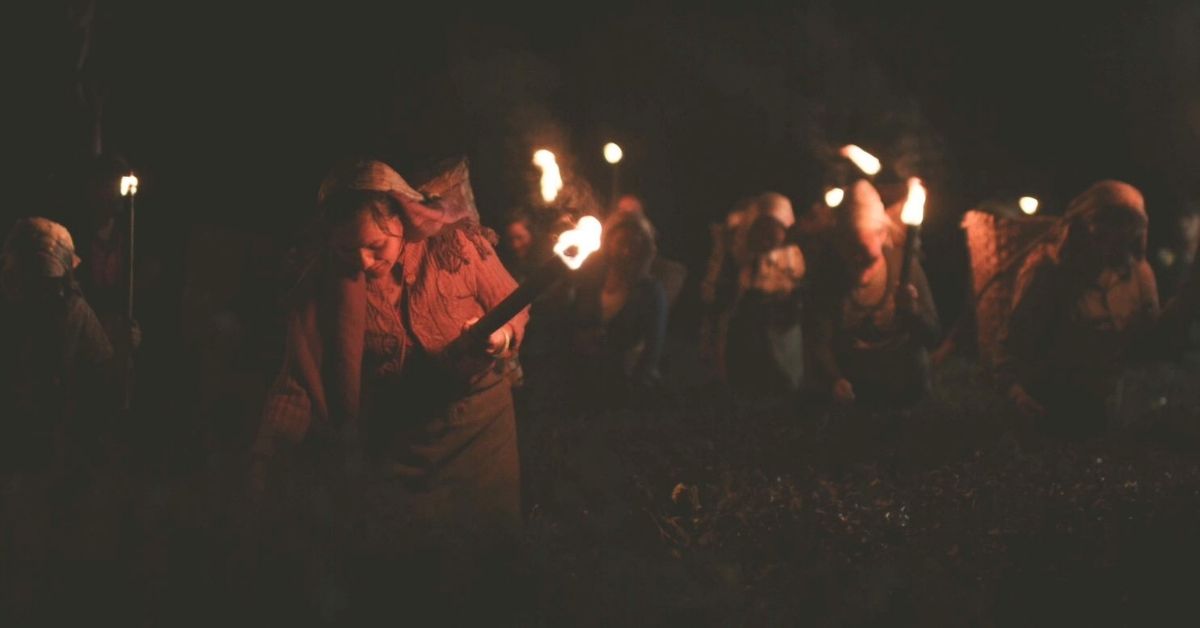Created To Defy The Brits, 109-YO Desi Brand Today Sells 200,000 Tons of Tea/Year!
Nationalist and freedom fighter Paresh Chandra Chatterjee started Indian Tea and Provisions, today called Luxmi Tea, in 1912 to fight the British. Here's the company's unique story.

The year 1912 was a significant year for British India. Delhi became the new capital of the country. Meanwhile, Bihar and Orissa were declared as separate provinces from the British Raj, and the registration of motor vehicles was introduced.
Miles away from the new capital of undivided India, in Tripura’s Unakoti district, a man in Paeracherra was busy carving his weapon to fight colonial subjugation.
He did so by plucking leaves from a garden estate and depositing them for shredding in a chaff machine, and then keeping them aside for fermentation. The thin shreds were then dried, and the result was mostly dust and fannings, which produced a strong cup of tea.
Yes, the young man’s weapon of choice to resist the British was tea, a culture that was supposedly introduced by them in India.
This man was nationalist and freedom fighter Paresh Chandra Chatterjee, who launched ‘Indian Tea and Provisions’ in 1912. He introduced two variants of teas, Orthodox and Fresh Cut Tea. In its first year, the company had 500 employees, most of them comprising Assamese and Bengali students who were actively involved in the freedom movement.

“In the pre-partition days, tea estates were usually owned and managed by the British, and teas would directly be shipped to Calcutta (Kolkata) to be eventually sent to England. My grandfather found ways to sell it to private buyers in India and growing demand certainly helped. Inspired by him, several other small farms began sprouting in the Eastern belt as a sign of self-reliance. Later named ‘Luxmi Tea’, the brand is today a Rs 480-crore company that produces 23 million kilos of tea annually,” Rudra Chatterjee, a third-generation entrant, tells The Better India.
The Swadeshi company today has more than 50,000 employees and 25 tea estates across Assam, Tripura, and Darjeeling in India, as well as Gisovu, Rugabano and Pfunda in Rwanda.

The brand’s reputation and legacy is such that during his visit to the Buckingham Palace in 2015, Prime Minister Narendra Modi gifted Queen Elizabeth Silver Tips Imperial Tea from the company’s Makaibari estates in West Bengal. With major markets in England and Japan, the tea is sold across several countries.
In the 1980s, Chatterjee’s son Dipankar took over the reins of the business. This was later taken over by Rudra, who provides insight into the flourishing tea estates and the core principles that drive sales, customers and quality of Luxmi Teas.
Values in a cup of tea
Although Chatterjee’s primary commitment was to drive out colonisers, he never took his product for granted. From the very beginning, he believed in reinvesting his earnings back into the tea estates to improve quality, given that he didn’t have any other investment opportunities.
One of his initial purchases was a family of elephants. However, this was not a gesture of grandeur or to make a statement about the business’s growth.

“My grandfather knew that elephants could take you deep inside the plantations. Moreover, the majestic animal knows how to spot an inferior tea bush and carefully remove it with its trunk without uprooting the best bushes. This showed his commitment towards quality, a principle that we have abided by since,” says Rudra.
This emphasis on quality was further reiterated when the family began investing in leaves across the Upper Assam belt, along with regions in Rwanda.
“As the production of teas increased in India and consumption grew around the world, it became evident that quality teas would fetch the best prices. There already existed an overproduction of teas in the mid-price range, but growth was stagnant in that segment,” says Rudra.
The company acquired estates in five main areas — Makaibari, Narayanpur, Dirai, Gisovu and Manu Valley. For every new estate they purchased, they replanted tea bushes to ensure high yield, in terms of both quality and quantity.

Large portions of their estate crops are booked before the harvesting cycle. Only tea in the booked portion is harvested, so as to ensure there is minimal wastage. Highly skilled and veteran employees sip through hundreds of harvests to determine the perfect blend for the tea variety. The company has their own set of nurseries, where every leaf is reviewed by an expert tea maker, and based on the results, the leaf is segregated into the various treatment processes, which primarily includes withered, fermented and dried.
Different characteristics of tea are duly noted for future references. For example, superior quality leaves are cut from the mother plant to grow tea shrubs that yield the same special flavour, texture and smell. These saplings are reared in nurseries as per weather and soil conditions to produce the finest teas. It is no wonder the tea bushes of the Luxmi Group have evolved with their own unique taste.
With time, the company has also discontinued the use of chemicals by switching to organic farming in several of their estates. Every ounce of tea produced is subject to rigorous standard tests and is MRL certified. Their Rwandan teas are Rainforest Alliance certified and 100% pesticide-free.

Leading tea brands in the domestic market such as Tata and HUL are direct buyers from these estates. Large international players including Taylors of Harrogate, Twinings, Tetley, Ahmad Tea, Hampstead Tea, Fortnum and Mason, Dethlefsen & Balk, Sinas, RG Brands Kazakhstan, and Urmi Tea of Russia have also been their clients.
Tea tales
Rudra says that when the Narayanpur Tea Estate in the north Brahmaputra, Assam was purchased, Dipankar noticed a rise in consumers from Rajasthan. This was owing to the tea’s popularity among the royals of the state. Soon, wholesalers and retailers formed a vertical market all over Rajasthan. Seeing the overwhelming response, he decided to create a sub-brand called Narayanpur Tea. This was probably a first for a tea to be named after the region, something commonly found in the wine world.

Rudra says that buying the Makaibari Tea Estates in 2013 was a historic milestone for the company. The region houses the world’s oldest tea factory and the first Fairtrade Certified tea estate.
Interestingly, the plucking period of India’s most expensive tea, Silver Tips Imperial, is based on the celestial calendar, he adds.

“It is believed that the air’s high oxygen content and cosmic confluence during a full moon night produces a delicate, smoother tea leaf taste. As dusk settles around the estate, Makaibari workers prepare to begin harvesting this special tea. The leaves are picked ceremoniously — the men beat drums and chant prayers as 80-100 trained workers race to pluck two leaves and a bud. Tallow torches illuminate the bushes to help the pluckers see and ward off wild animals in the vicinity. Once the tea is plucked, the harvest is sent to the factory well before dawn, to be processed before the sun rises. It is said that sunlight alters the tea’s aroma and consistency,” Rudra explains.
He adds that the Gisovu estate in the Western Province of Rwanda is one of the highest tea producing estates in the world, located at 8,100 feet above sea level.

Narrating incidents of a few roadblocks that the business faced, Rudra says the purchase of Manu valley had not been off to a good start. In the early 80s, his father had borrowed funds to purchase a state-of-the-art CTC machine to process black tea. While he was on his way to Manu via sea for the machine’s installation, the boat capsized, and he lost the expensive device. Today, however, the estate has more than 10 of these machines.
It’s interesting to see how what started as an expression of freedom by a man who often landed in Kala Pani or Cellular Jail for protesting against the British has now become a tea empire leaving its Swadeshi stamp not just in India but all over the world.
Edited by Divya Sethu
If you found our stories insightful, informative, or even just enjoyable, we invite you to consider making a voluntary payment to support the work we do at The Better India. Your contribution helps us continue producing quality content that educates, inspires, and drives positive change.
Choose one of the payment options below for your contribution-
By paying for the stories you value, you directly contribute to sustaining our efforts focused on making a difference in the world. Together, let’s ensure that impactful stories continue to be told and shared, enriching lives and communities alike.
Thank you for your support. Here are some frequently asked questions you might find helpful to know why you are contributing?


This story made me
-
97
-
121
-
89
-
167











